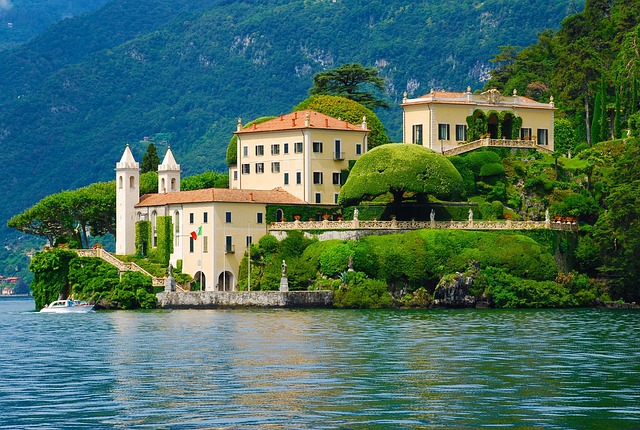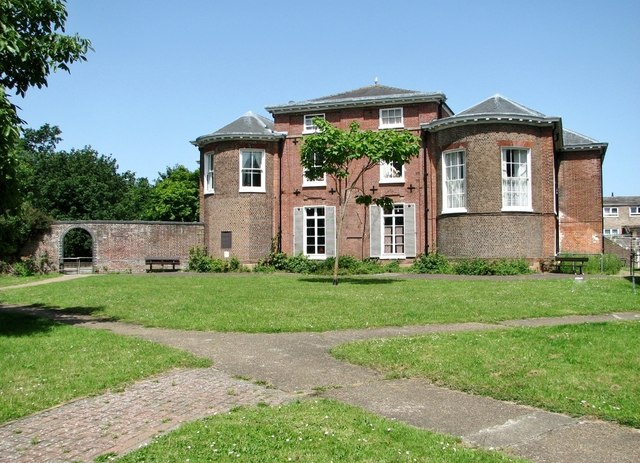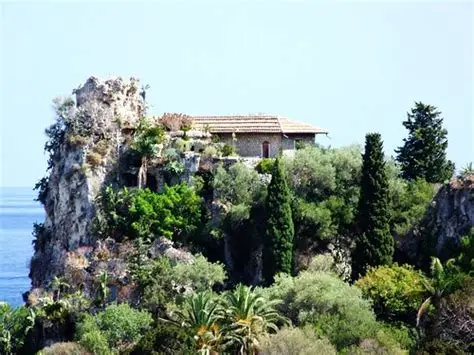Introduction
Modern Italian villas represent a fusion of Italy’s rich architectural heritage and contemporary design. This style arose in the late 20th century as architects sought to blend traditional Italian elements—such as open courtyards and natural materials—with modern innovations like minimalist interiors and sustainable technologies. The movement gained popularity in Italy and worldwide, especially in regions with scenic landscapes such as Lake Como, Tuscany, and Sicily. Italian architects and designers, inspired by both classical Roman villas and international modernism, were responsible for developing this style.
Key characteristics of modern Italian villas include open floor plans, seamless indoor-outdoor living, extensive use of stone, wood, and glass, large windows for panoramic views, minimalist yet luxurious interiors, and a strong emphasis on sustainability and energy efficiency.
Key Features

Indoor-Outdoor Living
Open layouts and glass walls blur the line between inside and out, allowing nature to become part of the home.

Natural Materials
Stone, wood, and glass create warmth and harmony with the landscape, reflecting Italy’s traditional craftsmanship.

Panoramic Views
Large windows frame stunning scenery and flood interiors with light, connecting the villa to its surroundings.

Sustainability
Energy-efficient systems and eco-friendly materials are standard, making these villas both beautiful and responsible.
Gallery



Quick Quiz
Presentation Objective
For this project, I will give a short 3-minute presentation comparing two architectural styles and the model I chose to create. This website serves as an interactive companion to my talk, highlighting the key features and examples of modern Italian villas.